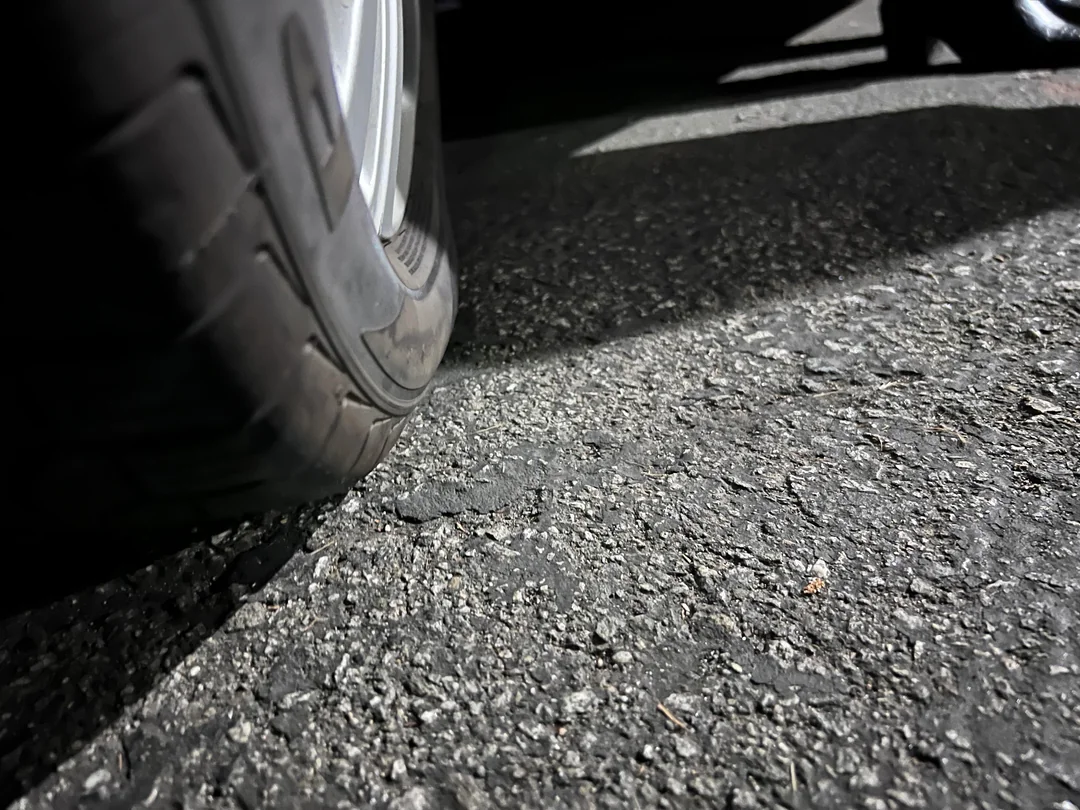So Can One Lose Traction on a Flat Road: Understanding and Overcoming Challenges
Ever ponder whether it’s possible to lose traction on a level road? You agree that it sounds a little odd? After all, we typically associate traction problems with steep hills or slick ice. So Can One Lose Traction on a Flat Road However, the truth is that losing traction on a level road can also occur for a few unexpected causes.
Envision easily navigating a level section of pavement when all of a sudden your tires start to lose traction. Even while it might seem implausible, things like unexpected weather, worn-out tires, and bad road conditions might contribute to this. Thus, keep in mind that traction isn’t always assured and that being vigilant can assist keep you safe the next time you’re driving on a level road.
Understanding Traction Basics
The ability of your car to keep grip on the road is determined by its traction, which is essential for safe driving. Traction loss is usually connected to slick conditions such as gravel or ice. The question “so can one lose traction on a flat road” is legitimate, nevertheless, and merits further investigation. Although many people believe that flat roads are safe and stable, even on seemingly perfect surfaces, traction can be compromised by a number of variables.
Even while a flat road might seem reliable and smooth, there are factors and flaws that might affect traction. The amount of traction that your tires have on the road might be reduced by problems like worn-out tires, road debris, or oil spills. Therefore, it is essential to comprehend how these factors impact traction in order to avoid collisions and guarantee vehicle control.
Despite being less difficult than sloped or uneven terrain, flat roads can still have traction issues. To properly handle these problems, regular vehicle maintenance and awareness of the state of the roads are crucial. The fact that a road’s flatness does not always imply ideal traction emphasizes the significance of asking “so can one lose traction on a flat road?”

Common Causes of Traction Loss
The topic “so can one lose traction on a flat road?” is very pertinent because there are numerous circumstances that can cause traction loss on a flat road. Wear on tires is one frequent cause. Tires may eventually develop bald spots or uneven wear, which will decrease their capacity to firmly grasp the road. This decreased grip might cause sliding or loss of control even on a level surface.
The state of the roads is another factor. Not all flat roads are kept up to code. Road salt, gravel, and oil spills can all produce slick areas that affect traction. These road dangers can be particularly dangerous in the rain or snow, when there is a greater chance of losing traction.
There are environmental factors as well. Even on level roadways, ice, snow, or rain can produce hazardous conditions. Traction can be decreased by a film that water on the road can create between the tire and the pavement. This implies that bad weather might affect your tires’ ability to maintain traction, especially on flat terrain.
The Role of Tire Maintenance
Maintaining tires properly is essential to guaranteeing traction on all types of roads, even those with uneven surfaces. The significance of tire condition is frequently highlighted by the question, “so can one lose traction on a flat road?” In order to keep traction, tires must have enough tread depth because tread patterns direct water away from the tire and create friction with the road.
It’s also essential to check tire pressure frequently. Tires that are either overly or underinflated may not grip the road as well, which could result in traction problems. Even on a level road, maintaining the proper tire pressure helps guarantee that your tires run smoothly and offer the best traction.
Traction is influenced by alignment and balancing in addition to tread and pressure. Unbalanced or misaligned tires can wear unevenly, which affects handling and grip. Even on a level road, maintaining your tires’ proper alignment and balance helps them function properly and avoid losing traction.
Impact of Road Quality
The question “so can one lose traction on a flat road?” is especially important because traction can be affected by the road’s quality. Traction can be significantly impacted by surface condition, even on level roads. Potholes, fissures, and uneven surfaces on the road can make it harder for your car to stay in control.
It also matters what kind of material and texture the road surface is. Better grip is provided by smooth, well-maintained asphalt than by roads with loose gravel or patched sections. Unexpected traction issues might arise from poorly maintained flat roadways with deteriorating surfaces.
Road quality may also be impacted by seasonal variations. For instance, wintertime road salt buildup might have an impact on traction.Gaining insight into the ways in which maintenance and seasonal variations affect traction helps alleviate the fear of losing control on smooth surfaces, resulting in a safer driving environment.
Driving Techniques to Improve Traction
Using the proper driving techniques can help reduce traction loss even on level roads. The query “so can one lose traction on a flat road” emphasizes how crucial ability and attentiveness are for drivers. Sustaining traction and avoiding an abrupt loss of control is facilitated by gradual acceleration and braking.
Another useful strategy for keeping grip is to steer clear of sudden movements and rapid bends. Abrupt steering adjustments on a level road can cause traction loss, particularly if the road surface is damaged. You can lessen your chance of losing control or sliding by driving steadily and predictably.
Finally, it’s critical to modify your driving style in response to the state of the road. On a level road, decreasing your speed and lengthening your following distance will improve traction when you come across damp or slick areas. Effective management of traction problems involves paying attention to road conditions and modifying your driving style accordingly.







